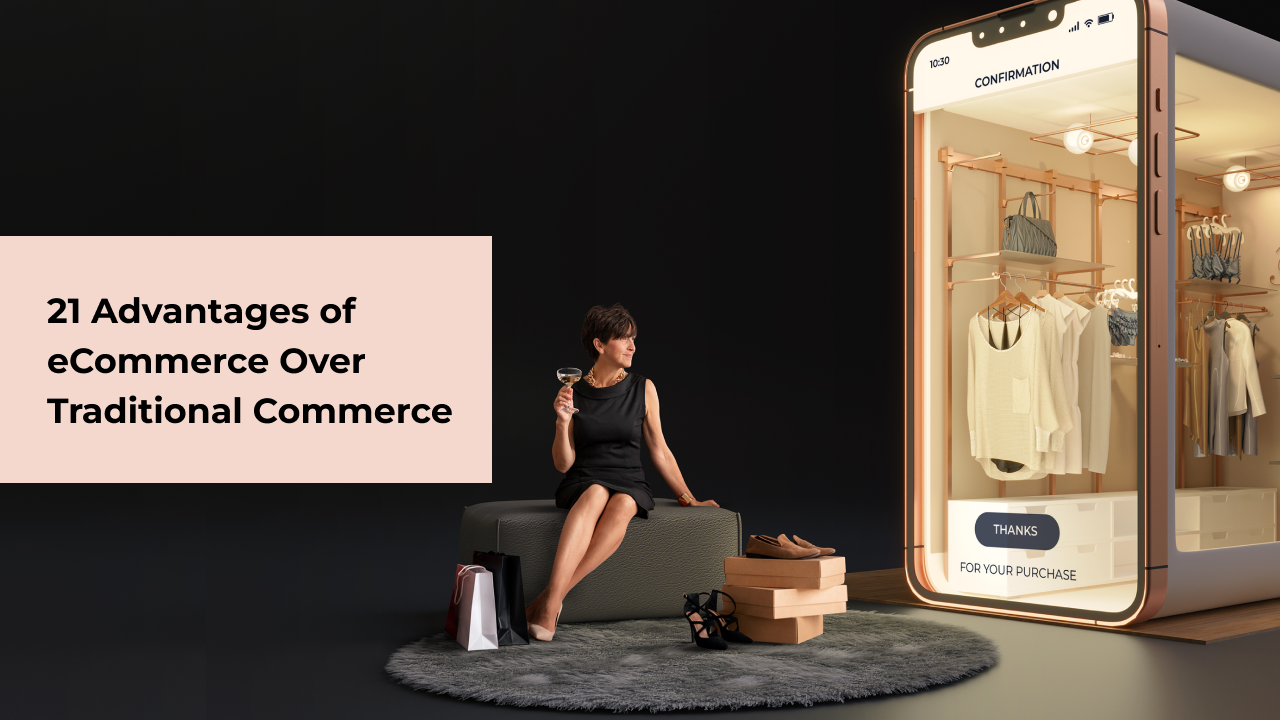We have come to live in an age where products decide the difference between a want and a need. It was not until a little more than a decade ago that smartphones were a luxury item, and most people seemed to do pretty well without them.
Contrary to this, now is the time when smartphones are more or less indispensable. We book our tickets, plan journeys, pay bills and do things that require a smartphone. The impact of information and wireless technology on human lives and behavior has brought online services and customer satisfaction to the forefront.
In order to sell a product to the community out there, you must first be able to sell it to yourself. There are many parameters one has to consider when deciding what to create. Be sure to cover all bases before putting your final product on the shelves for people to use.
Settling in a new market can be often difficult to navigate if your product is not tailored to the latest market trends. Getting unique product ideas can be tough as everyone seems to be selling everything online these days.
Let’s quickly look at a few points every prospective seller must keep in mind when a creating a product or service these days.
Solve a Need
American Economist and Harvard Business School Professor Theodore Levitt very aptly quoted, ‘People don’t want to buy a quarter-inch drill, and they want a quarter-inch hole.’ Because great products don’t just appear out of thin air, a great way to go about deciding this is aim at selling the solution and never the product.
Usually, sellers support a marketing approach when creating a need, where instead they can yield much better results if they identify and create products that people need. Research the market; do your homework and make educated guesses about what product features will get you a customer wide adoption.
Always start by making a product or service that solves a need. If it isn’t something that people think that they cannot live without, you definitely need to repurpose it and create something that solves a pressing need. Remember that your product doesn’t have to be nice but should be a must have instead.
Selling USB cable protectors is a lucrative idea as everyone does have charging wires that typically start ripping off at the ends. Investing a small amount allows people to protect their charging equipment conveniently.
Read More: How to deal with an out of stock product
Cost Effective
There is a fine line between an over and underpriced product. A little under and customers may think you are offering substandard quality at cheap prices. Higher prices may make your product seem unaffordable and drive customers away for good.
An appropriate price can help you skyrocket sales and gain loyal customers in the long run. Because the target market still has to use and review your product, a high price may make them opt for other well-reputed alternatives.
When looking forward to pricing your product knowing your competitors, manufacturing costs and revenue target is of the utmost importance. Existing market prices give us an idea about what customers are willing to pay and make use of competitive pricing strategically. Eventually, make sure the price reflects the quality of your product.
Accessibility
Product accessibility defines various parameters that decide the overall usability of what you intend to sell. It not only defines how readily a product is available but also how easy to use it is.
For most sellers accessibility is more of an afterthought. Incorporating features like a well thought price range, distribution channels and product design can help open doors to lots of customers. These factors also help you narrow down your product into either being a luxury item or a basic necessity.
An authentic design that showcases important information about the product allows consumers to differentiate you from the others in the market. Making it available to the masses can also be challenging as there are many channels of distribution available. Making a product more usable increases its chances of being more popular.




